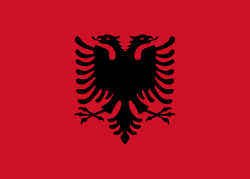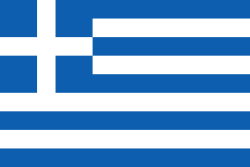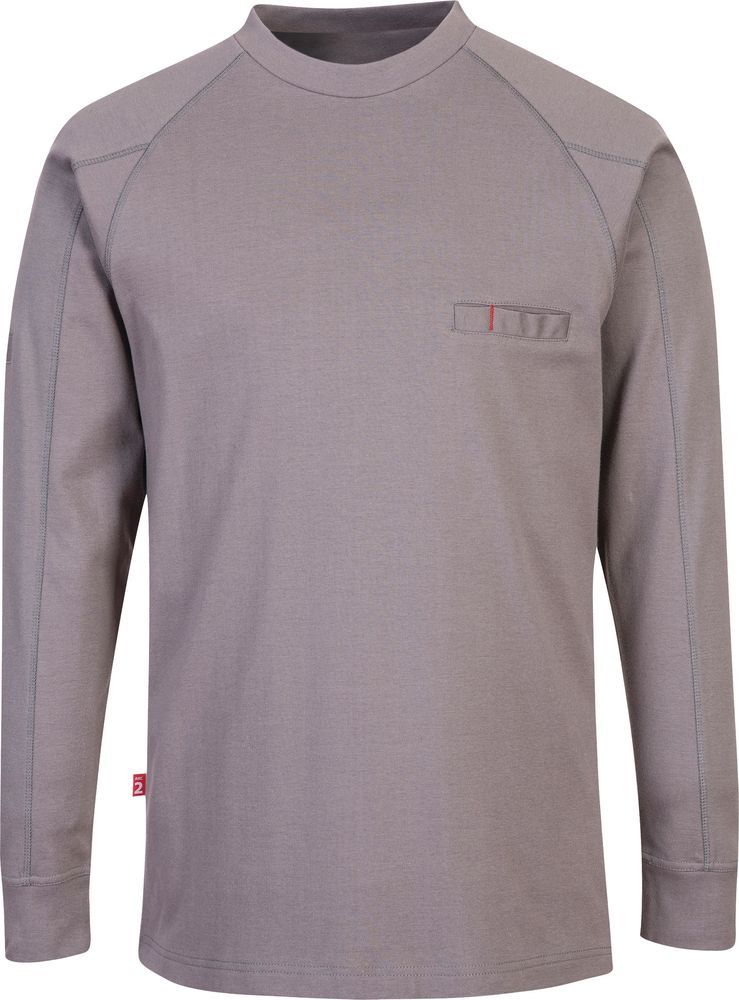FR33 Bluzë Antistatike FD Crew Neck Bizflame Knit
Përveç sigurimit të mbrojtjes anti-statike, pëlhura është në përputhje me NFPA2112 do t'ju mbajë të freskët dhe të rehatshëm gjatë gjithë ditës. Menget e thurura dhe xhep të fshehur të krahu dhe gjoksi, sigurojnë ruajtje të bollshme dhe të sigurt.
Veçoritë
Mbrojtje nga nxehtesia rezatuese, konvektive, dhe me kontakt
Xhep ne menge
Xhep kraharori i fshehur
Menge reglan për pershtatje komforte
Menge elastik rezistent ndaj flakës për siguri të shtuar
Fije aramid FR për durueshmerine
pëlhurë që largon lageshtiren dhe ndihmon ne mbajtjen e trupi të ngrohtë, të fresket dhe të thate
2 xhepa për hapsire të sigurte
ARC2
pëlhurë e klasifikuar me UPF 40+ për të bllokuar 98% rrezeve UV
CE-CAT III
Stil i Ri
Certifikim CE
Materialet:
Pëlhura Jashtme/Kryesore: Bizflame Knit Antistatic: 99% Pambuk, 1% Fibra Karboni 237g
STANDARTET
EN ISO 11612 (A1 + A2, B1, C1, F1)
EN 1149-5
IEC 61482-2 IEC 61482-1-1 (ELIM 13CAL/CM²)
NFPA® 2112
NFPA® 70E
ASTM F1959/F1959M-14e1 (ATPV 10 CAL/CM² (HAF 82.3%))

PORTWEST
For over 117 years we’ve possessed an unrelenting ambition to produce the world’s most trusted and requested protective wear. Through the decades, we have continuously proven our dedication to quality, producing world beating safety garments, foot protection, hand protection and PPE, while pushing the boundaries in protection technologies. Technologies that make the workplace a safer place.
EN ISO 11612 Heat & Flame
This test uses standard methods and conditions to predict the performance of fabric/garments in the event of contact with heat or flames. Specific testing is listed below: Dimensional change, Limited flame spread (A1+A2), Convective heat (B) - 3 levels, Radiant heat (C) - 4 levels, Molten aluminium splash (D) – 3 levels, Molten iron splash (E) – 3 levels, Contact heat (F) – 3 levels (temperature 250 degrees Celsius)Details
IEC 61482-2 Protective Clothing Thermal Arc Hazards
Standard for protective clothing against the thermal effects of an electric arc event. Two different test methods: Open Arc IEC 61482-1-1 and Box test EN 61482-1-2. OPEN ARC - IEC 61842-1-1 (USA). The first result, ELIM - The maximum incident energy (cal/cm²) the garment can withstand before the wearer would have a 0% probability of a second degree burn. The second result is either: ATPV (Arc Thermal Performance Value, cal/cm²) The maximum incident energy the garment can withstand before the wearer would have 50% probability of a second degree burn or EBT (Energy Break Open Threshold, cal/cm²) The incident energy at which a 50% probability of a breakopen occurs resulting in a second degree burn. Since ELIM indicates an energy value at 0% probability of a second degree burn and ATPV/EBT at 50% probability, the ELIM value is usually lower than ATPV/EBT. Large differences between the ELIM and ATPV/EBT results highlight the importance of wearing several layers of garments to ensure you are properly protected. EN 61482-1-2 (Europe) is evaluated in two classes in the same test: APC1 protects against electric arc of 4kA (arc energy 168 kJ), APC2 protects against electric arc of 7kA (arc energy 320 kJ). Unlike the American standard, there is not a result scale in this garment tests, only two levels where the garment either passes or fails. A garment with one layer of Flame Retardant fabric usually passes APC 1 - even thin shirt fabrics. To pass APC 2, a system with two or three fabric layers or a lined garment is normally required. This makes it more difficult to adapt the protection to the risk, without compromising on comfort. As APC 1 is a relatively low level of protection, we always recommend a basic protection of at least 8 cal/cm².Details
EN 1149 Anti-Static (ATEX)
This standard specifies PPE Clothing used in explosive environments (i.e. ATEX) where there is a risk that the garments could create sparks (source of ignition), which in turn could ignite explosive materials. Anti-Static garments marked EN 1149-5 are intended to be worn in Atex zones 1, 2, 20, 21 and 22. In oxygen enriched atmospheres or in zone 0, the Anti-Static garments should not be used without first being approved by a qualified Safety Engineer, as wear and tear can affect the protection of the garment and it is crucial that they are worn the correct way in these environments.Details
Treated FR Garments
FR treated fabrics are based on cotton, blended with polyester, para-aramid or polyamide. These fabrics get their FR property from the chemical treatment that is applied to the fabric. This chemical treatment is executed in such a way that it fully penetrates the fiber and as such is bonded throughout the entire fabric. As a result of this treatment, the fabric becomes flame retardant and keeps this property during the lifetime of the garment. PROS: very good protection against molten metal, good protection against heat and ARC, relatively cheap, good value for money in dirty environments where expected lifespan is not very long. CONS: wash fastness is typically not very good (pale look after several washes), to achieve similar FR properties as inherent FR the fabrics typically become a bit heavier and therefore tend to be a bit less comfortable.Details
Share this product:
| Color | GRR Grey or NAR Navy |
| Garment Size | S - Small or M - Medium or L - Large or XL - XLarge or XXL - XXLarge or XXXL - 3XLARGE |
Once the user has seen at least one product this snippet will be visible.





